The Science of Sleep Posture: Align Your Spine for Better Sleep
Do you ever wake up with a sore back or a crick in your neck and wonder what went wrong during the night? We often hear about standing or sitting with good posture, but sleep posture is just as critical for our health. After all, we spend roughly one-third of our lives lying down. How you position your body during that time can determine whether you wake up refreshed or in pain. In this article, we delve into the science of sleep posture and why maintaining a neutral spine while you sleep is so important. We’ll also share practical tips on optimizing your sleeping position and bedding for proper alignment from head to toe.
What Is Proper Sleep Posture?
Sleep posture refers to the alignment of your body when you lie down to rest. Proper sleep posture means your ears, shoulders, and hips are all in one straight line, just as they ideally are when you stand with good posture. In other words, your spine (which includes your neck and back) maintains its natural curves without being twisted or bent excessively.
Our spines have gentle curves: a slight inward curve at the neck (cervical spine), an outward curve in the upper/middle back (thoracic spine), and another inward curve in the lower back (lumbar spine). A neutral sleeping position supports these curves:
-
For the neck: This means not flexed forward (chin to chest) or extended back too far, and not tilted to the side.
-
For the thoracic and lumbar spine: These should rest as they do when you have good upright posture – no extreme arching or sagging.
When you lie down, gravity isn’t acting on your spine the same way as when you’re upright, so you have an opportunity to relieve the pressure your discs and muscles experience during the day. However, this works only if you lie in a neutral posture. If you’re in a twisted or uneven position, certain muscles and joints can actually be under more stress than when you’re standing or sitting.
Think of how a bent spring holds tension – that’s similar to a spine that’s bent out of alignment during sleep. The muscles, ligaments, and even spinal discs can’t fully relax and recover. By contrast, a well-aligned posture at night allows your body to fully relax and helps the healing and regenerative processes that occur during deep sleep.
Why Does Alignment Matter So Much at Night?
Maintaining proper alignment as you sleep is crucial for several reasons:
Prevents Morning Pain and Stiffness
The most immediate benefit of good sleep posture is avoiding aches when you wake up. If you’ve ever slept “funny” and woken up with a stiff neck or an aching lower back, that’s a direct result of your spine being misaligned or unsupported for hours. Consistent poor sleep posture can contribute to chronic neck or back pain over time. On the flip side, keeping your spine neutral can alleviate existing pain – many people find their back or neck pain improves once they optimize their sleeping setup.
Reduces Pressure on Joints and Discs
When your spine is aligned, your weight is distributed evenly. No single part of the spine bears too much load. But if, say, your torso is twisted or your lower back is sagging, certain joints (like the facet joints between vertebrae) or discs can get compressed. Over many hours, this can cause inflammation or nerve irritation. For example, sleeping with your neck at a sharp angle might pinch nerves or strain the small joints in the neck, leading to headaches or numbness in the arms or hands.
Improves Circulation and Breathing
A twisted or contorted sleeping position may also impact circulation or breathing. If your neck is bent oddly, your airway can be partially obstructed – which might contribute to snoring or sleep apnea. Lying in a way that twists your abdomen could even subtly affect blood flow or digestion (ever wake up with a “dead arm” because you lay on it wrong? That’s a circulation issue from poor positioning). Proper alignment helps ensure that blood flows freely and your breathing isn’t impaired by posture. In fact, those who maintain good sleep posture often breathe more deeply and evenly during sleep, which enhances oxygenation and the overall quality of rest.
Maximizes Muscle Relaxation
When your body is in neutral alignment, your muscles can relax. If you’re crooked, certain muscles will remain engaged all night long trying to support that awkward posture. For instance, if you sleep on your side without enough pillow support, the muscles on one side of your neck might work overtime to hold your head up. Or if your lower back isn’t supported, your lumbar muscles might tighten up to protect the spine. Over hours, that’s a recipe for tight, sore muscles by morning. Good posture allows muscles to truly let go, which is what we want for deep restorative sleep.
Promotes Deeper Sleep
Discomfort from poor posture can actually prevent you from reaching the deepest stages of sleep. You might not fully wake up, but your brain registers the discomfort and can pull you out of a deep sleep stage into a lighter one as you unconsciously adjust position. People who have optimized their sleep ergonomics often report fewer nighttime awakenings and a feeling of “sleeping deeper” because their body isn’t sending discomfort signals to the brain.
Setting Up Your Bed for Healthy Posture
Achieving neutral alignment at night is a combination of the right mattress, the right pillow(s), and mindful positioning of your body. Here’s how to set up your sleep environment:
1. Mattress Support
Your mattress is the foundation. It needs to support your body’s curves without sagging or creating pressure points. A mattress that’s too soft will let your body sink in too much, which can throw your spine out of alignment (for example, your hips might sink lower than your shoulders if you’re on your side, causing a bend in the spine). A mattress that’s too firm might not allow your shoulders or hips to sink in enough when side sleeping, leading to a different kind of misalignment (a curved convex shape). The right mattress is somewhat subjective, but generally a medium-firm surface works well for most people to keep the spine supported. If you have a saggy older mattress, adding a suitable topper or considering a replacement can dramatically improve your sleep posture.
2. Pillow for the Head and Neck
Your pillow is responsible for maintaining the alignment of your neck with the rest of your spine. As discussed above, side sleepers need a thicker pillow than back sleepers. Whatever your position, your pillow should fill the gap between your head/neck and the mattress, so that your neck isn’t bending sideways or forward/backward. A good way to test: when lying in position, your face should be oriented straight (not tilted up or down). A common mistake is using a pillow that’s too high, which pushes the neck up. Conversely, a pillow that's too low lets the head flop back or to the side. It’s worth investing in a pillow that suits your body and sleep style — it’s not just about neck comfort, but whole-spine posture. Sometimes, two pillows or an adjustable pillow can be used to get the height perfect.
3. Additional Pillow Placement
Pillows aren’t just for your head. Strategic placement of extra pillows can maintain alignment of your spine and even your limbs:
Between the Knees (for Side Sleepers)
If you sleep on your side, put a small pillow or bolster between your knees. This prevents your top leg from dropping over the bottom leg and twisting your pelvis and lower spine. It keeps your hips stacked and spine straight. Many side sleepers find immediate relief for lower back or hip strain by doing this. You can use a regular pillow or buy a small knee pillow made for this purpose.
Under the Knees (for Back Sleepers)
If you’re on your back, sliding a pillow under your knees can help maintain the natural curve of your lower back. Elevating the knees a bit flattens the lower back toward the mattress, which some people find more comfortable because it reduces the arch in the lumbar area. This position can ease pressure on the lower back and is often recommended for people with lumbar pain.
Under the Lower Abdomen/Pelvis (for Stomach Sleepers)
Ideally, stomach sleepers should try to transition to a different position, but if you must sleep on your stomach, placing a thin pillow under your pelvis can help keep the lower back from over-arching. Without it, the belly tends to sink down, creating a pronounced arch in the lower back. A small pillow or even a folded towel under the hips can mitigate that.
Hugging a Pillow (for Side Sleepers)
Many side sleepers like to hug a pillow or body pillow in their arms. This isn’t just cozy – it actually can keep your upper shoulder and torso more aligned. It prevents you from twisting your upper body forward, which would rotate the spine. A body pillow in front of you keeps your chest open and both shoulders aligned vertically.
Using these pillow tricks essentially custom-fits your sleeping position to your body’s natural shape. They provide support where there are gaps and maintain symmetry so you’re not twisted.
4. Head and Neck Positioning
Beyond just the pillow, think about the angle of your head. If you’re on your side, your nose should line up with the center of your chest (sternum). If the pillow is too high, your nose will point towards the ceiling; if too low, towards the mattress. For back sleepers, your nose should point straight up; too high a pillow will have you looking towards your toes. These visual cues can help you adjust your pillow height. And remember, your neck isn’t the only thing – make sure your shoulders are not on the pillow (only your head and neck should be). Your shoulders should rest comfortably on the mattress to avoid cramping your neck.
Common Sleep Posture Pitfalls (and How to Fix Them)
Even with a great mattress and pillows, we sometimes unknowingly fall into bad habits. Here are some common posture mistakes people make while sleeping, and how to correct them:
Using Too Many Pillows Under Your Head
Stacking two or three pillows might feel plush, but it often lifts your head way too high, especially if you sleep on your back. This puts your neck at a sharp angle. The fix is to use one pillow of proper thickness. If your chin is being pushed towards your chest by your pillow, it can cause neck strain and even contribute to snoring or breathing issues (because it compresses the airway). Often a single medium pillow (or a contoured one) is enough. If you feel you need more, it could be that your pillow is too soft and flattening out under you; in that case, get a firmer pillow rather than stacking pillows.
Sleeping in a Fetal Ball
Curling up on your side with knees drawn very high and chin tucked to chest can over-round the spine (especially the upper back and neck). It also restricts breathing (less room for your diaphragm). While side sleeping is generally healthy, try not to pull into an extreme fetal position. Keep your legs comfortably bent, not jammed up to your stomach, and use that pillow between the knees. And try to keep your back relatively straight rather than hunched. A body pillow can help by supporting your upper arm and leg, preventing you from curling up too tightly.
Arm Under the Pillow or Above the Head
Many people thread an arm under their pillow or sleep with an arm tossed above their head. These positions can lead to a numb arm (from nerve compression or cut-off circulation) and also can affect shoulder alignment. If you’re a side sleeper, hugging a pillow can give your top arm something to do instead of going under your pillow. For the bottom arm, try to keep it in front of you or down by your side rather than under your pillow where it can elevate your shoulder oddly. Back sleepers should keep arms at their sides or on their torso; arms up by your head for long periods can strain nerves (like the brachial plexus) and lead to tingling.
Twisting at the Waist
Sometimes we half-stomach, half-side sleep – like you’re mostly on your stomach but one leg is hiked up. This torsion twists the lower spine. It’s a posture that often causes back pain. The solution is to either fully commit to side sleeping (with support pillows as described) or to back sleeping. If you find yourself doing this twisted pose, a body pillow can be a great aid. Essentially, you’d hug the body pillow and sort of throw your top leg over it; this simulates that twist but with support, keeping your spine straighter because the pillow fills the space under your leg and chest.
Awareness is key. If you often wake up uncomfortable, try to note your position or pillow placement when you awaken. Those clues can tell you what might be going wrong and point to the fix.
Train Your Body for Better Posture During Sleep
It might take time to adjust to a new sleeping posture or using new supports like pillows in unfamiliar places. Here are some tips to help your body get used to it:
Ease Into Changes
If you’re transitioning from stomach to side sleeping, for instance, try starting each night on your side, even if you don’t stay that way all night at first. Use a body pillow to make it cozy. Over time, your muscle memory will improve for that position.
Consistent Routine
Arrange your pillows and sleep setup each night in the optimized way, even if you feel like one night “oh I’ll be fine without the knee pillow.” Consistency will reinforce the habit and eventually it will feel odd not to have things aligned.
Stretch and Exercise
Improving your core strength and flexibility can actually help your sleep posture. A strong core (abs and back muscles) supports your spine even when you’re asleep. Gentle yoga or stretching before bed can relax tight muscles that might otherwise pull you out of alignment.
Ergonomic Pillows/Mattress Toppers
If you find it difficult to maintain posture, consider specialized products. There are wedges to elevate legs, semi-roll pillows to tuck under neck or back, etc. For example, a small lumbar pillow under your lower back while you’re on your back can provide support if your mattress doesn’t fully support that curve. Just be cautious not to overdo it with too many gadgets at once.
In essence, improving sleep posture is an investment in your wellbeing. It might require a bit of trial and adjustment, but when you start waking up without those familiar kinks and pains, you’ll know it’s worth it. Better posture means better sleep quality and a more comfortable, pain-free morning.

To support good sleep posture, you need a pillow that holds your neck alignment through the night. The DonaHona Adjustable Memory Foam Pillow – Titan is an excellent choice. It’s designed with a mix of supportive memory foam and soft microfiber fill, so it adapts to your head and neck while keeping its shape. This pillow’s loft can be adjusted to your liking, ensuring your cervical spine stays neutral whether you sleep on your side or back. The Titan provides the firm, stable support needed to prevent your head from sinking too low or craning up too high. By cradling your neck in alignment with your spine, it helps you maintain perfect posture even in your sleep, so you wake up feeling aligned and refreshed.


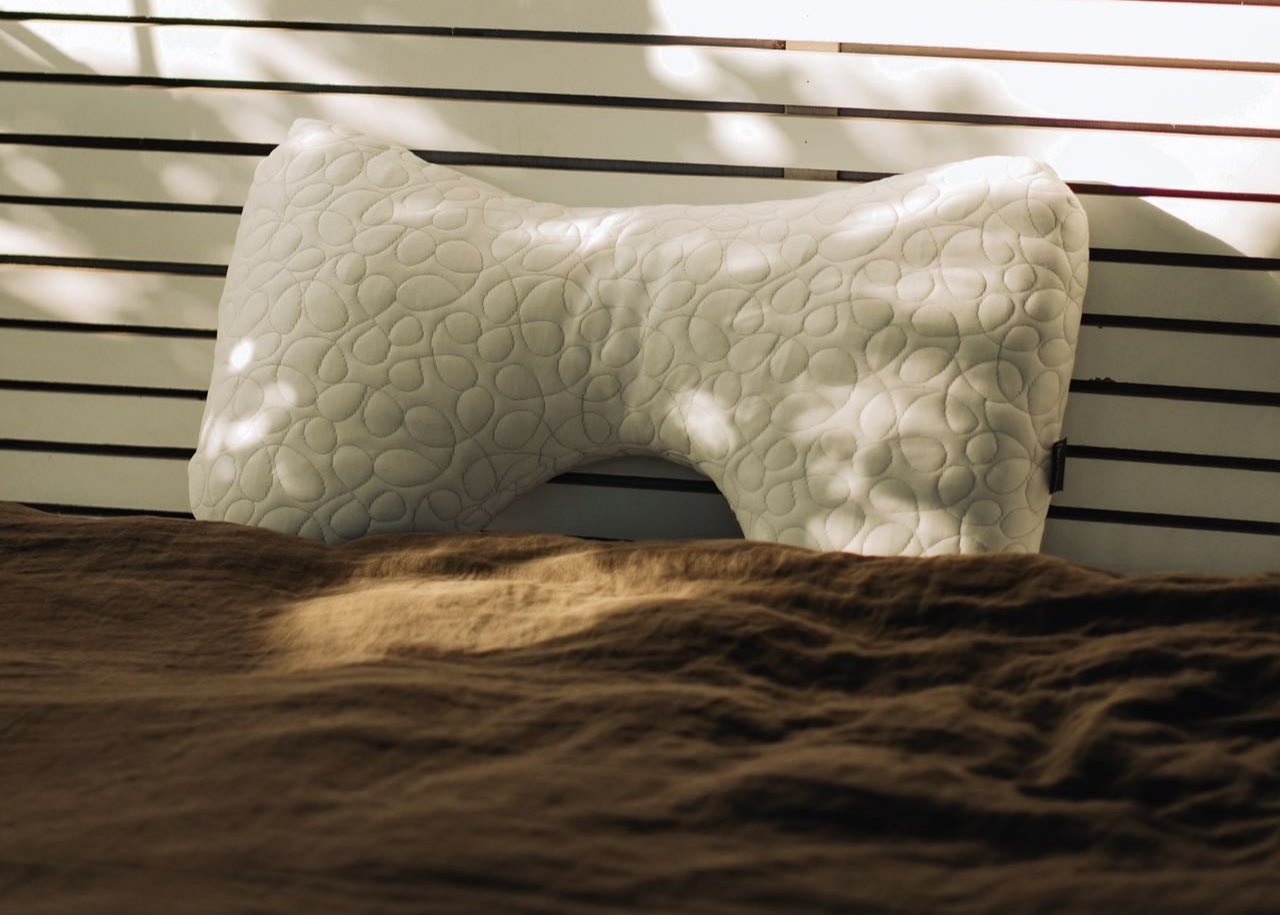
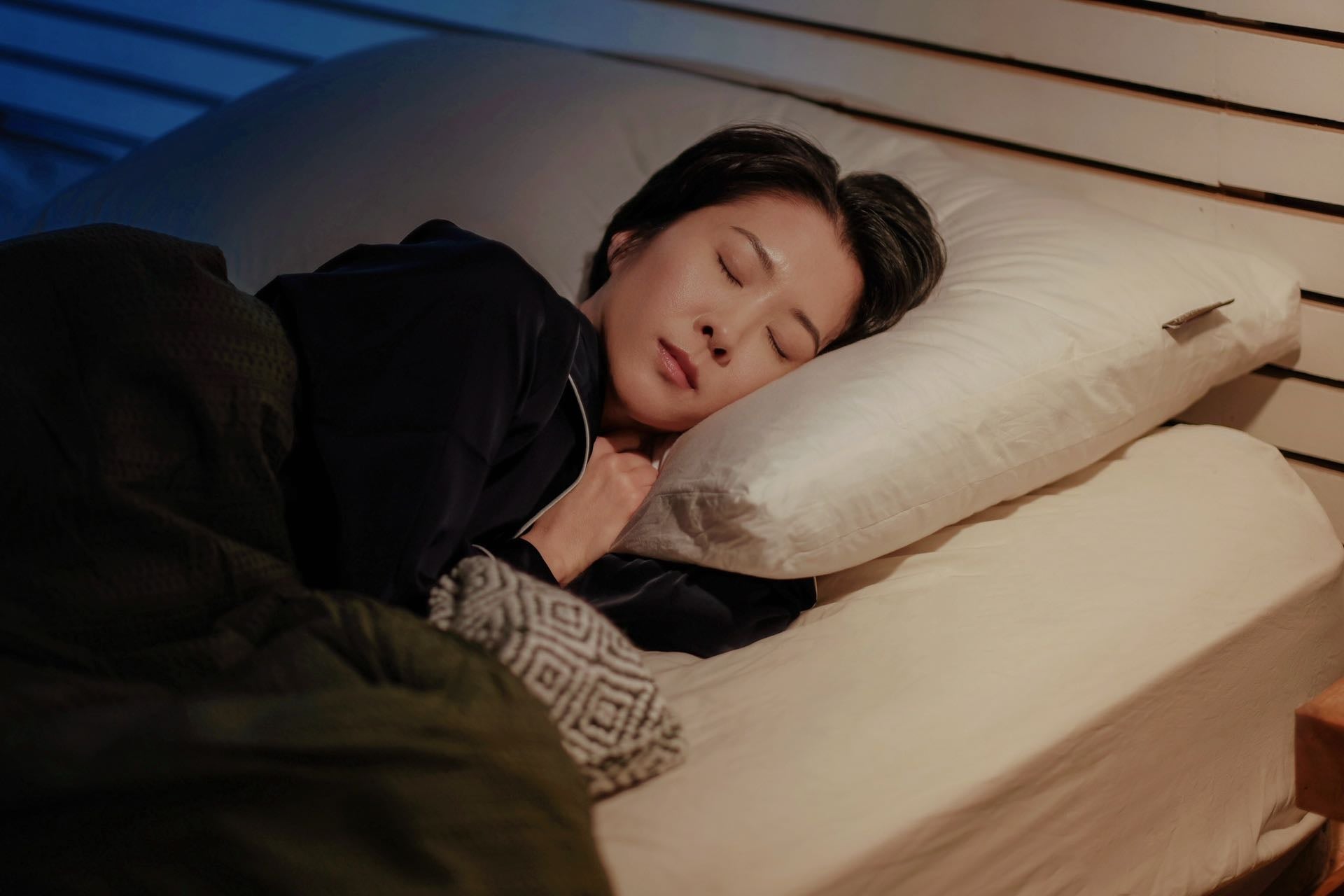

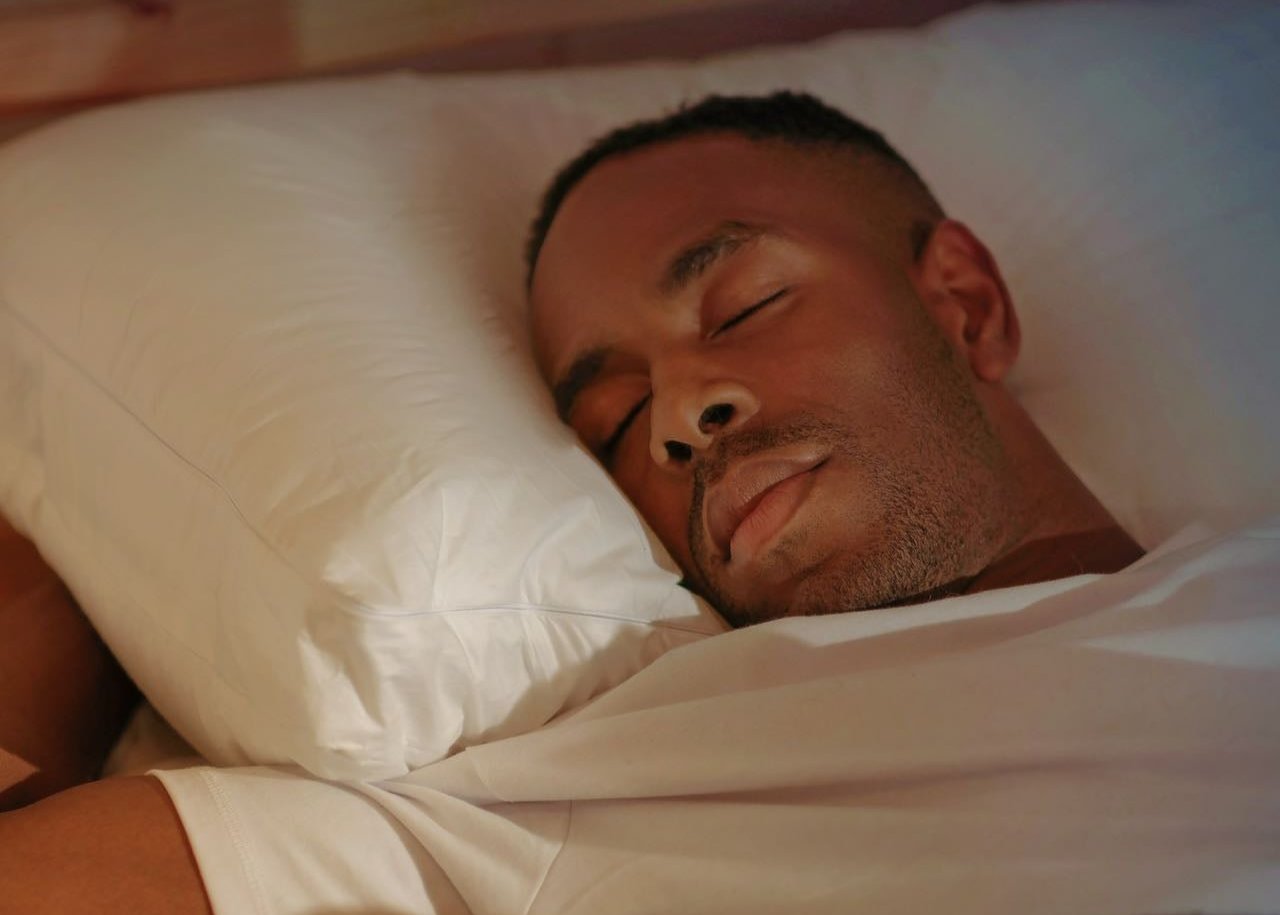
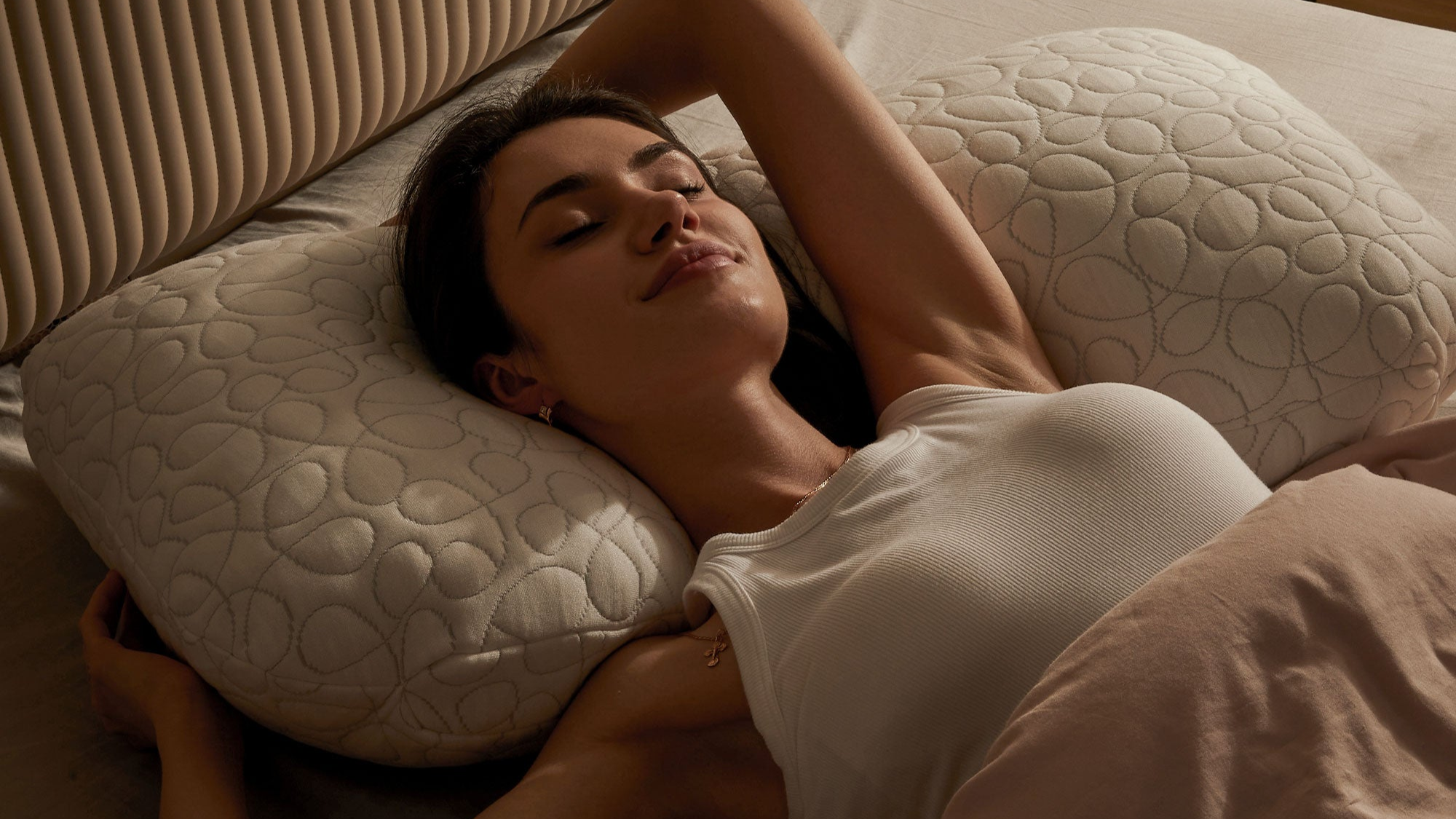
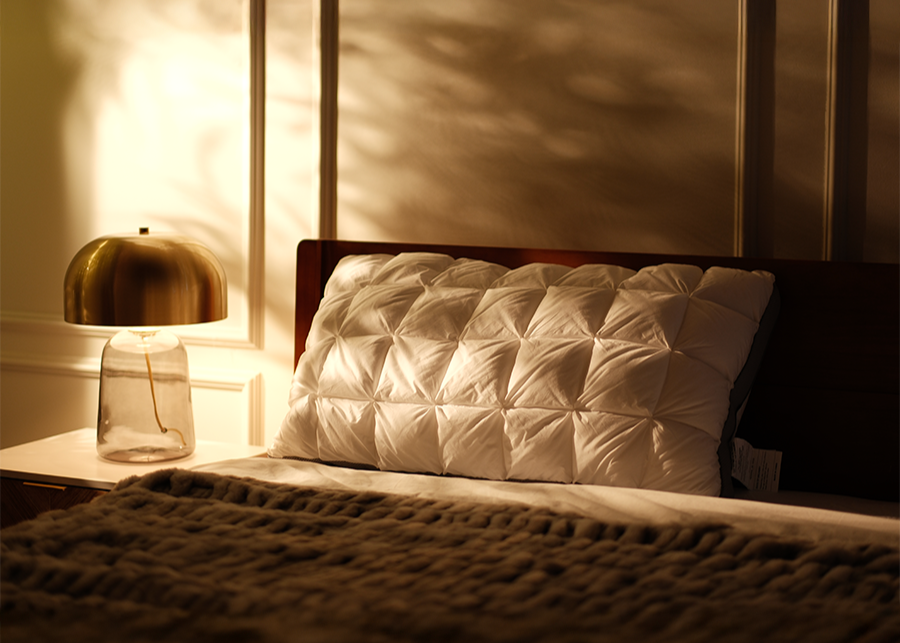

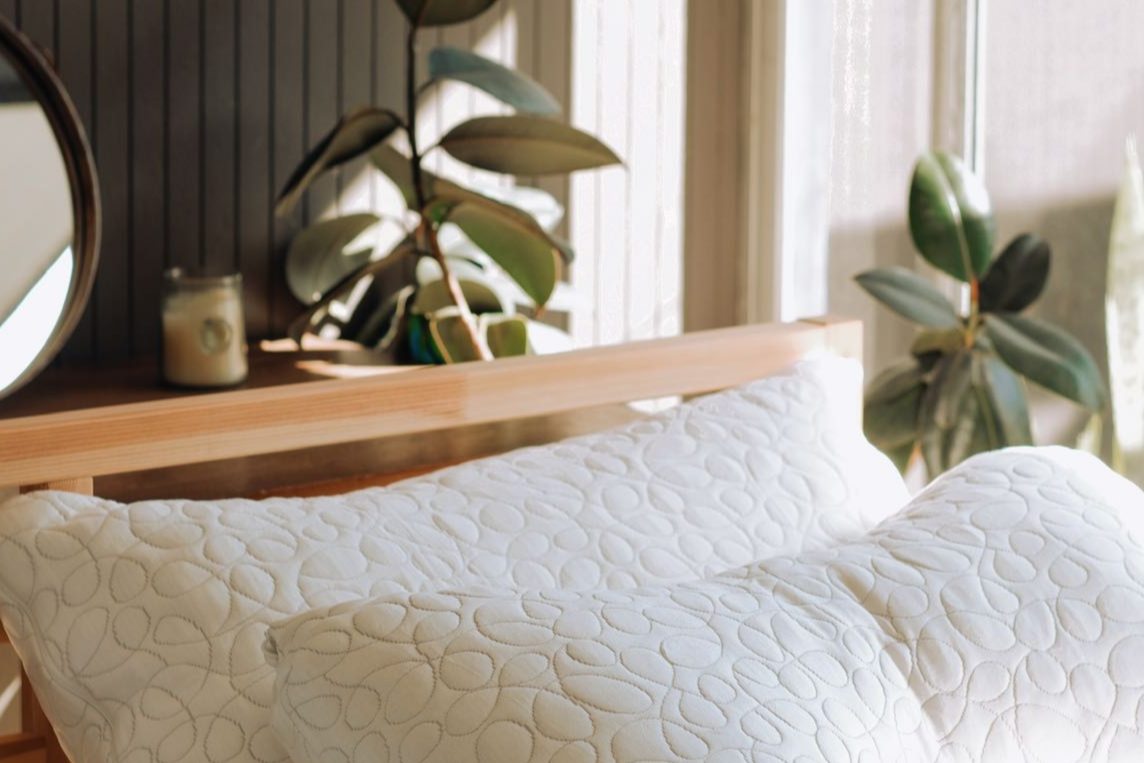
Leave a comment
This site is protected by hCaptcha and the hCaptcha Privacy Policy and Terms of Service apply.